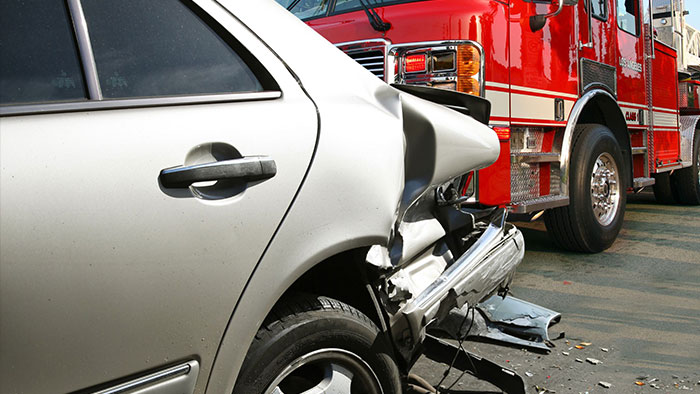
If you find yourself in a car accident in New Jersey, you need to understand how fault and responsibility get determined. The state operates under a rule known as “modified comparative negligence.” While many often confuse it with the “contributory negligence” rule, these are two different concepts.
New Jersey’s system could affect the amount of compensation you can claim after an accident. Knowing how the modified comparative negligence rule works and its difference from the contributory negligence rule can help you understand what to expect if you get involved in an accident.
Modified comparative negligence versus contributory negligence
In states that follow the contributory negligence rule, if you contribute even slightly to an accident, you cannot recover damages from the other party. This rule is widely seen as harsh and is only followed by a handful of states.
New Jersey uses the modified comparative negligence rule. Under this system, you can recover damages as long as you are less than 50% responsible for the accident. However, your compensation gets reduced by your percentage of fault. For instance, if you have damages of $10,000 and are 20% at fault, you can only recover $8,000.
Determining fault in New Jersey
New Jersey insurance companies consider several factors when determining fault after an accident. These factors include police reports, witness statements, damage to the vehicles and any traffic citations issued. After considering all relevant information, the insurance company assigns each party a percentage of fault.
The impact on your insurance claim
Your assigned percentage of fault can significantly impact your insurance claim. If you bear any responsibility for the accident, your compensation gets reduced. If you are more than 50% at fault, you cannot recover damages.
To get a fair claim, ensure that you present a clear and accurate account of the accident. Preserve any evidence that can support your case, such as photos, videos and eyewitness contact information.
